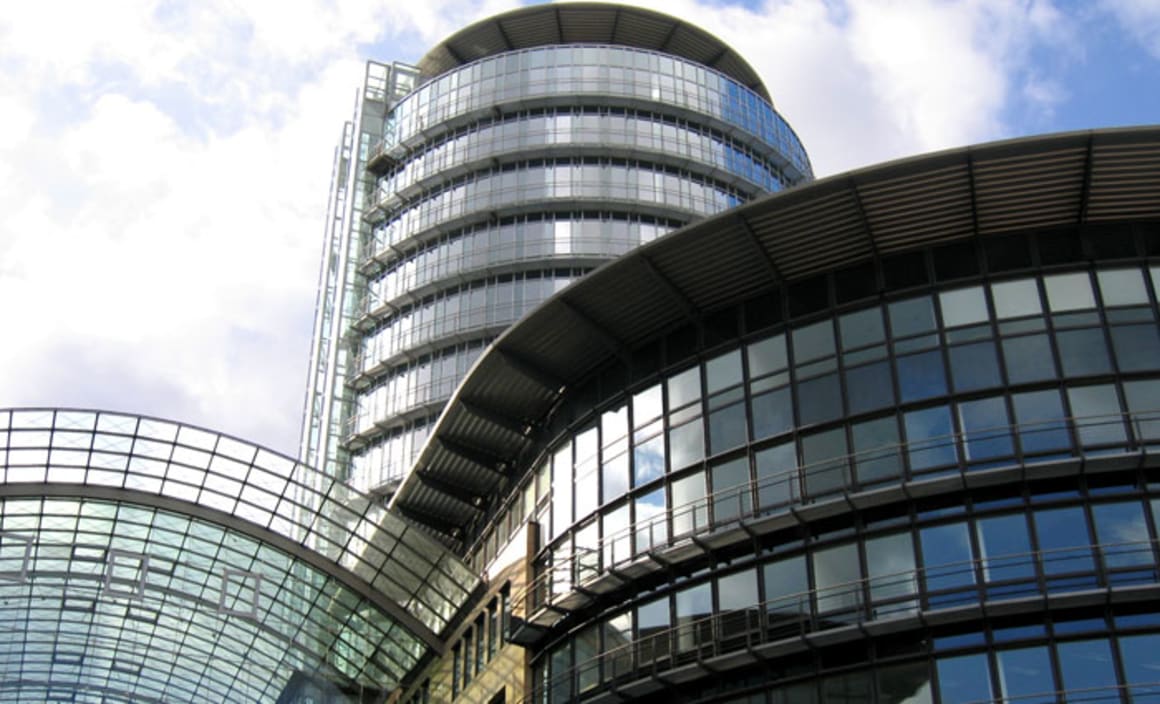Office conversions to residences on the rise

Demand for residential property is leading to an increasing number of secondary office buildings being converted into apartments despite the challenges posed by repurposing commercial buildings.
Converting some commercial properties to residential uses was like “trying to squeeze a square peg into a round hole”, Colliers International director of project marketing residential Curtis Field told Property Observer.
“What works for commercial office buildings, like having lift wells in the centre of the building, may not work for residential,” said Field, who spoke on the topic at the Retrofit and Refurb conference in Sydney last week.
Compromises may have to be made in turning a commercial floor plan into residential apartments, as contestants in reality TV show The Block Glasshouse have discovered.
Ceiling heights can be a problem because commercial buildings are designed as offices, not residences. It might also be difficult to obtain adequate light and ventilation for each apartment.
“It’s sometimes really hard to meet those planning requirements,” Field said, adding that it was becoming less of an issue to overcome the problems and the benefits usually outweighed the challenges.
Benefits worth the challenges
Converting an existing office building to residential uses meant developers could often achieve larger apartment buildings than if they were seeking approval for a new structure, Field said.
“That happens in the CBD where an office was allowed to be 10 to 12 storeys tall but if you knocked that building down you might not be able to get planning approval to construct a new building to that height,” he said. “You’re getting something that could not be constructed now.”
Another plus for developers was that there was less impact on the local community and neighbours could not complain about issues such as loss of views if the building was already in place.
“If you talk to builders about converting a building that’s already there they say it doesn’t save on construction costs but from a time table point of view you don’t have six months of demolition and then 12 to 18 months of heavy construction. It’s really a fit out job,” Field said.
“From a sales point of view you can see the building and what views you are going to get where off-the-plan is hard to visualise,” Field said.
Factors facilitating conversions
Changes to zoning and heritage restrictions have been allowing developers to convert commercial buildings to residential uses, which previously would not have been permitted.
“We are seeing that in industrial zoning like in South Sydney which used to be industrial,” Field said.
Secondary commercial properties in the CBD and elsewhere could deliver higher returns on investment if converted to apartments when zoning permitted, Field said.
“Milsons Point in Sydney is a classic example where commercial tenants were attracted back to the city, North Sydney and North Ryde which made those buildings almost obsolete because the costs to upgrade outweighed the return you would get from commercial tenants whereas they have become highly desirable as residential,” he said.
Superannuation fund CBUS is working on the conversion of Vibe Hotel at 88 Alfred Street, Milsons Point, which it bought earlier this year for about $80 million, to between 130 and 140 residential apartments.
The superannuation fund also owns a commercial building at 130 Elizabeth Street opposite Hyde Park in central Sydney, which recently received stage 1 development approval to be converted to apartments.
Foreign investors have bought buildings on the Hyde Park fringe and while many are commercial investments now, Field said they were being repositioned as residential development opportunities because of their views.
Singaporean investors have development applications before council on 227 Elizabeth Street with plans to develop 140 apartments in the building, which overlooks the Hyde Park.
Elsewhere in Sydney, Chinese investors bought 286 Sussex Street in late 2013 with plans to convert the vacant office building to residences. The Goldfields House commercial building at 1 Alfred Street was bought by US and Dutch investors for residential conversion.
Field estimates there is between 110,000 and 180,000 square metres of commercial floor space in Sydney earmarked for conversion to residences over the next five years.
A separate report by JLL Research estimated that nationally, 46,940sqm of office property was withdrawn for residential development in 2013 – up from 25,794 the year before.